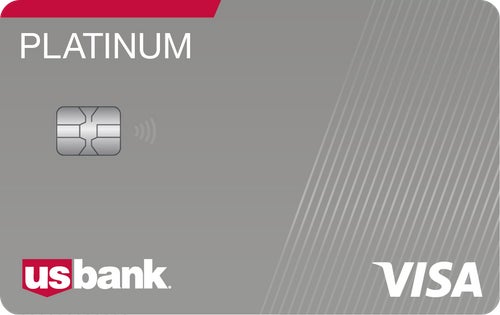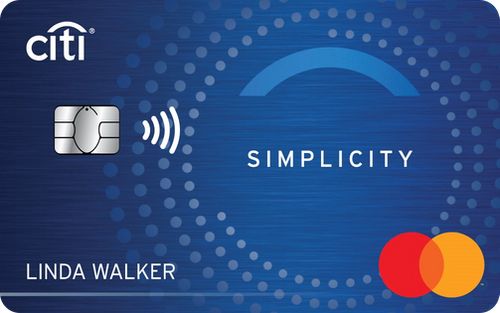
Balance Transfer Credit Cards - Reviews
A balance transfer credit card is ideal for avoiding interest while you pay down credit card debt. Many credit cards offer 0% APR balance transfers for an introductory period of time – generally 12 to 18 months – upon sign-up.
By moving a balance from a high-interest credit card to a balance transfer credit card, you can pay off debt faster and gain control of your finances. Along with this tremendous perk, many balance transfer credit cards offer added incentives like welcome offers and rewards programs. Some even include new purchases in your 0% intro APR period as well.
Our CreditCards.com experts rated the best balance transfer credit cards for 2021 based on several factors: length of the 0% intro APR period on transfers and purchases, sign-up bonuses, balance transfer and account fees, penalty APRs and rewards program benefits. In our balance transfer credit card reviews below, you can compare intro introductory APR offers, check out welcome offers, explore rewards programs and find expert insights to help you spot the best fit.

Discover it® Balance Transfer
Last reviewed: April 7, 2025
A good value for cardholders who need to transfer a balance, but don’t want to give up earning new rewards, the Discover it® Balance Transfer card pairs a generous introductory balance transfer offer with a solid first year bonus.
Terms and conditions apply.
The Discover it® Balance Transfer Card is no longer available on Creditcards.com and the offer details may be outdated.
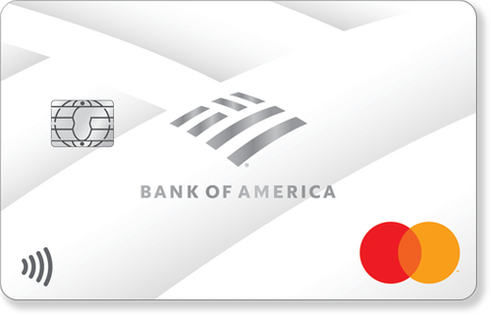
BankAmericard® credit card
Last reviewed: April 7, 2025
With a relatively low interest rate and a lengthy introductory balance transfer period, the BankAmericard credit card is a good choice for cardholders with hefty balances.
All information about the BankAmericard credit card has been collected independently by CreditCards.com. The issuer did not provide the content, nor is it responsible for its accuracy. Some offers may be expired.
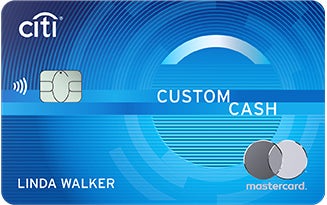
Citi Custom Cash® Card
Last reviewed: April 7, 2025
It offers terrific value to low-maintenance cardholders and rewards experts alike since it automatically rewards your top spending category each billing cycle. Just be sure you aren’t missing out on accelerated rewards in your second- and third-highest categories.
*All information about the Citi Custom Cash® Card has been collected independently by CreditCards.com and has not been reviewed by the issuer.
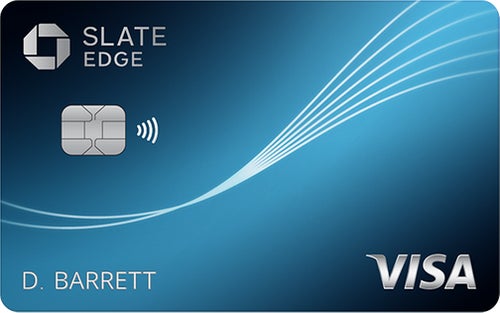
Chase Slate Edge℠
Last reviewed: April 7, 2025
The Chase Slate Edge card comes with some unique features and a longer intro APR offer on new purchases and balance transfers.
All information about the Chase Slate Edge has been collected independently by CreditCards.com and has not been reviewed by the issuer.
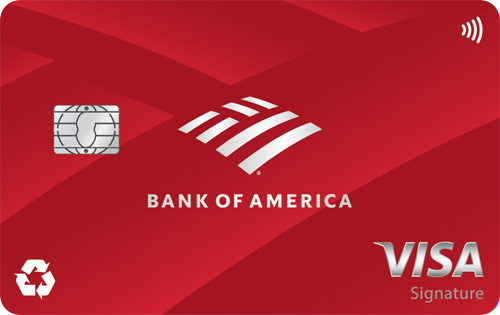
Bank of America® Customized Cash Rewards credit card
Last reviewed: April 7, 2025
The Bank of America Customized Cash Rewards card offers new cardholders a modest balance transfer fee and attractive perks for everyday spending; however, its APR is high for cardholders with less-than-perfect credit.
*All information about the Bank of America® Customized Cash Rewards credit card has been collected independently by CreditCards.com and has not been reviewed by the issuer.
